Are These Weird Succulents Too Ugly To Grow In Your Garden?
Most people think of succulents as beautiful rosettes with thick, colorful leaves. They're tough and can withstand long periods of drought. But not all succulents are beautiful. This can be a heated discussion, but while many think these weird succulents are cool, others won't even consider buying them.
Some of these are staged by ceramic artists Keith Kitoi Taylor and Brian Morgan in pots that look like they're an extension of the plant. The perfect pairings of succulents and pottery make for stunning works of art.
Lithops
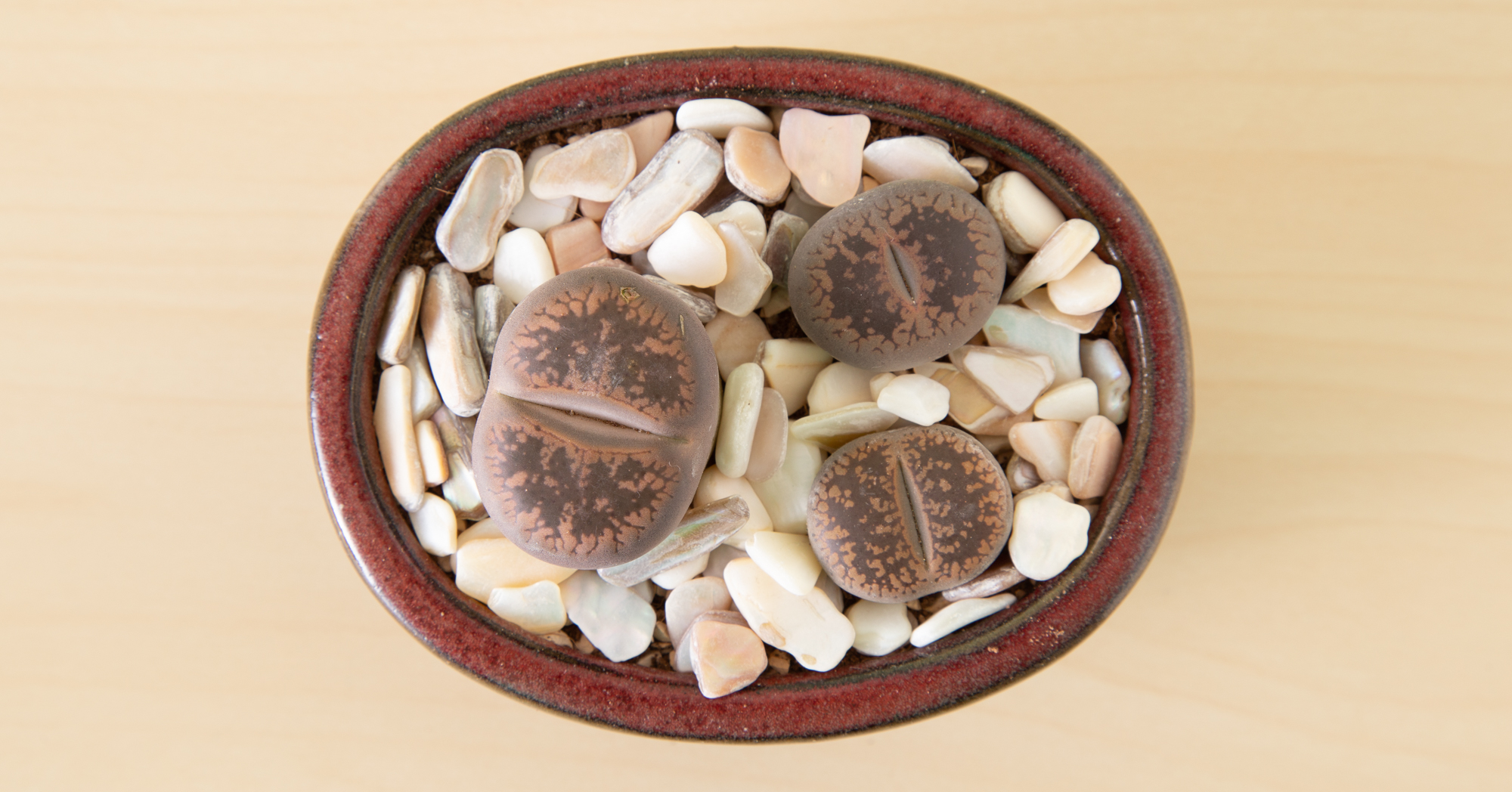
Also called "Living Stones", Lithops are often a prized collector plant as they come in a variety of colors and shapes. They have very plump leaves and grow very slowly. When they grow a new set of leaves, they come in the center of the plant and force the original leaves to split open.
Euphorbia ornithopus
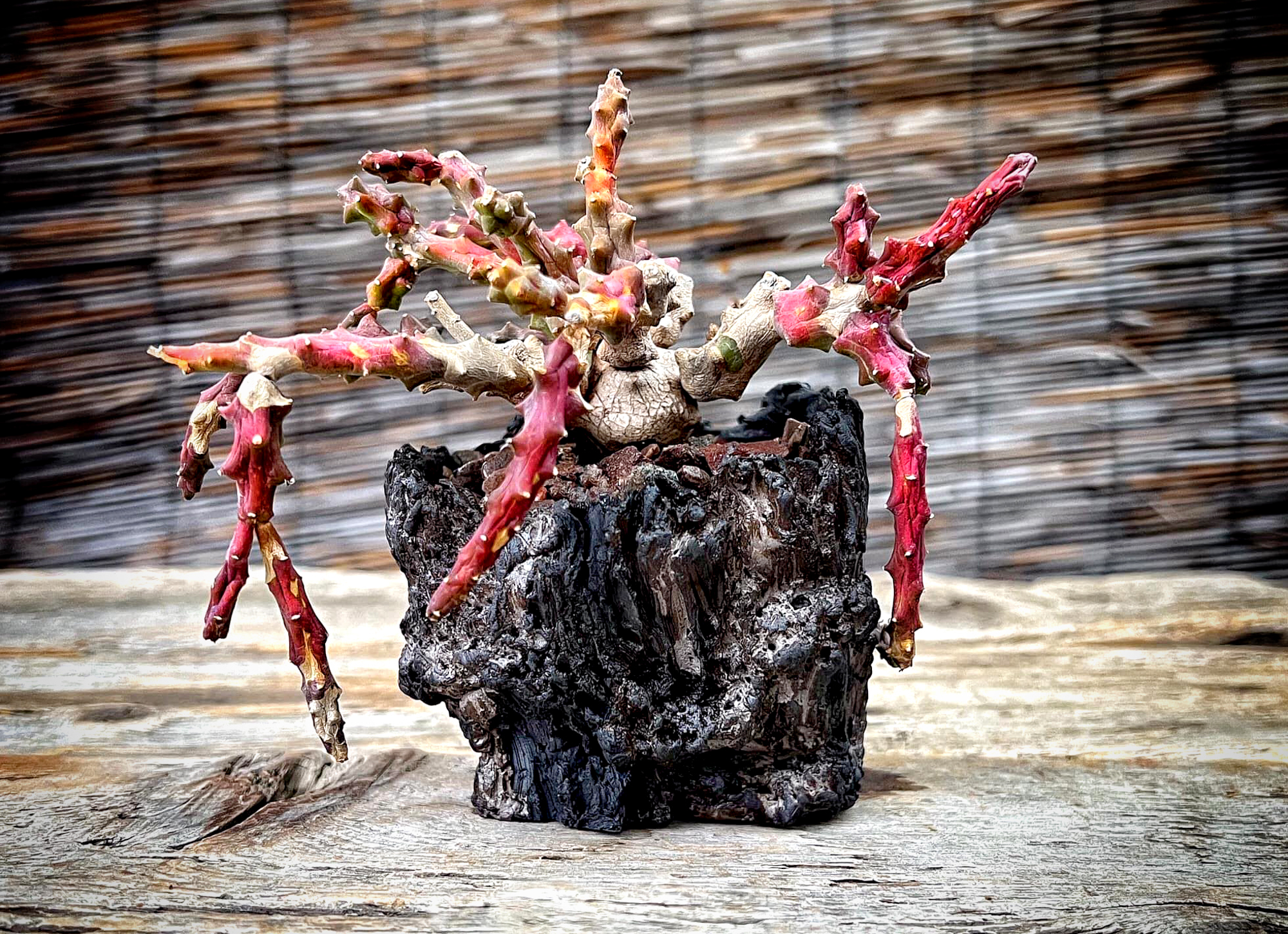
This succulent was shared by pottist Brian Morgan who has a knack for finding unusual specimens and pairing them with his unique pots. Euphorbia ornithopus or "Bird's Foot Euphorbia" has unusually shaped appendages that are typically green but can turn a bright red (as seen here) when grown in direct sunlight and dry conditions.
Avonia quinaria
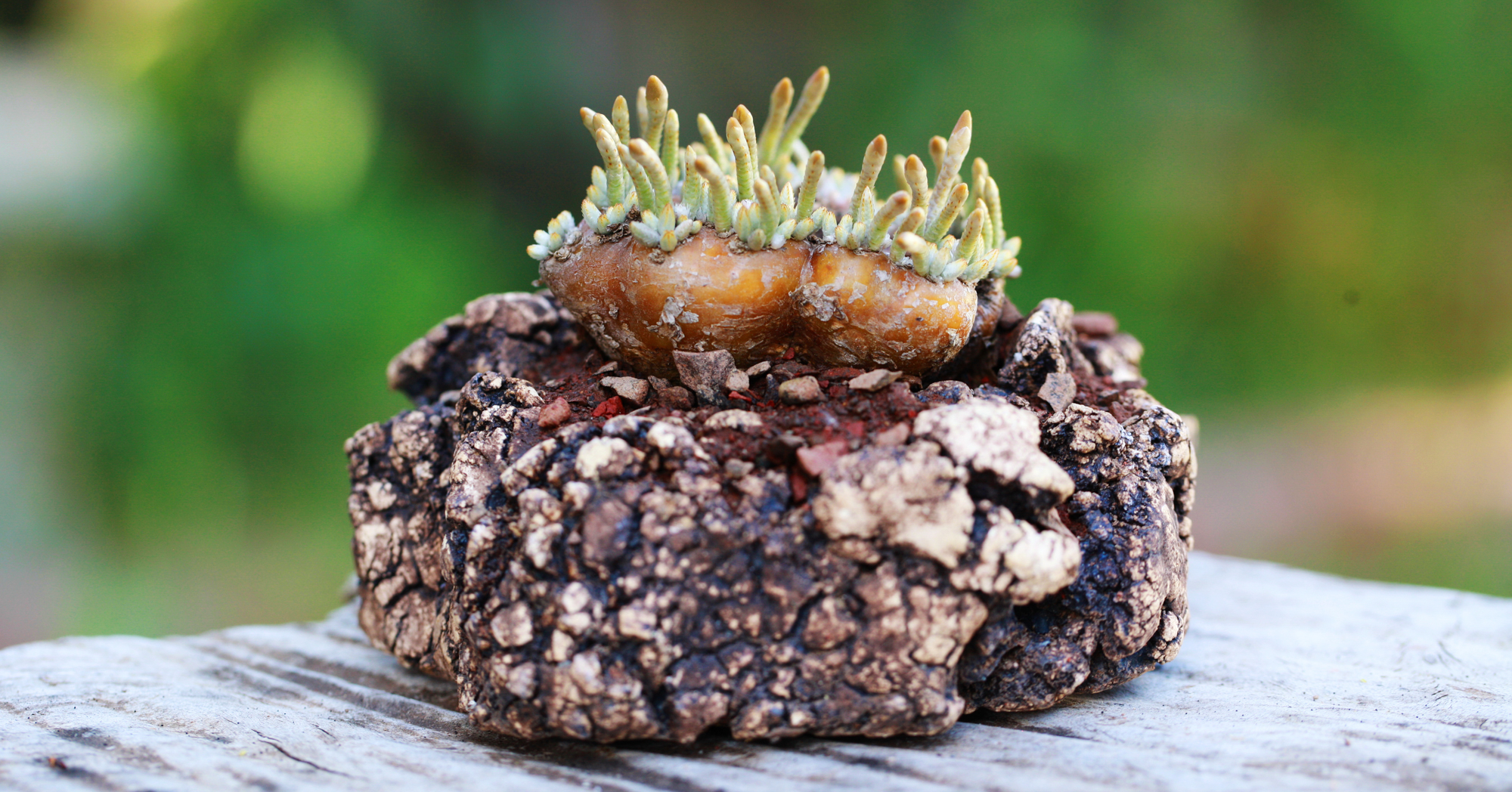
Ceramic artist Keith Kitoi Taylor shared this unusual specimen planted in a beautiful handmade pot that resembles rocky terrain. Avonia quinaria is a caudiciform succulent with unusual silvery green stems. It has a beautiful magenta colored flower that will grow if the conditions are just right.
Fenestraria rhopalophylla
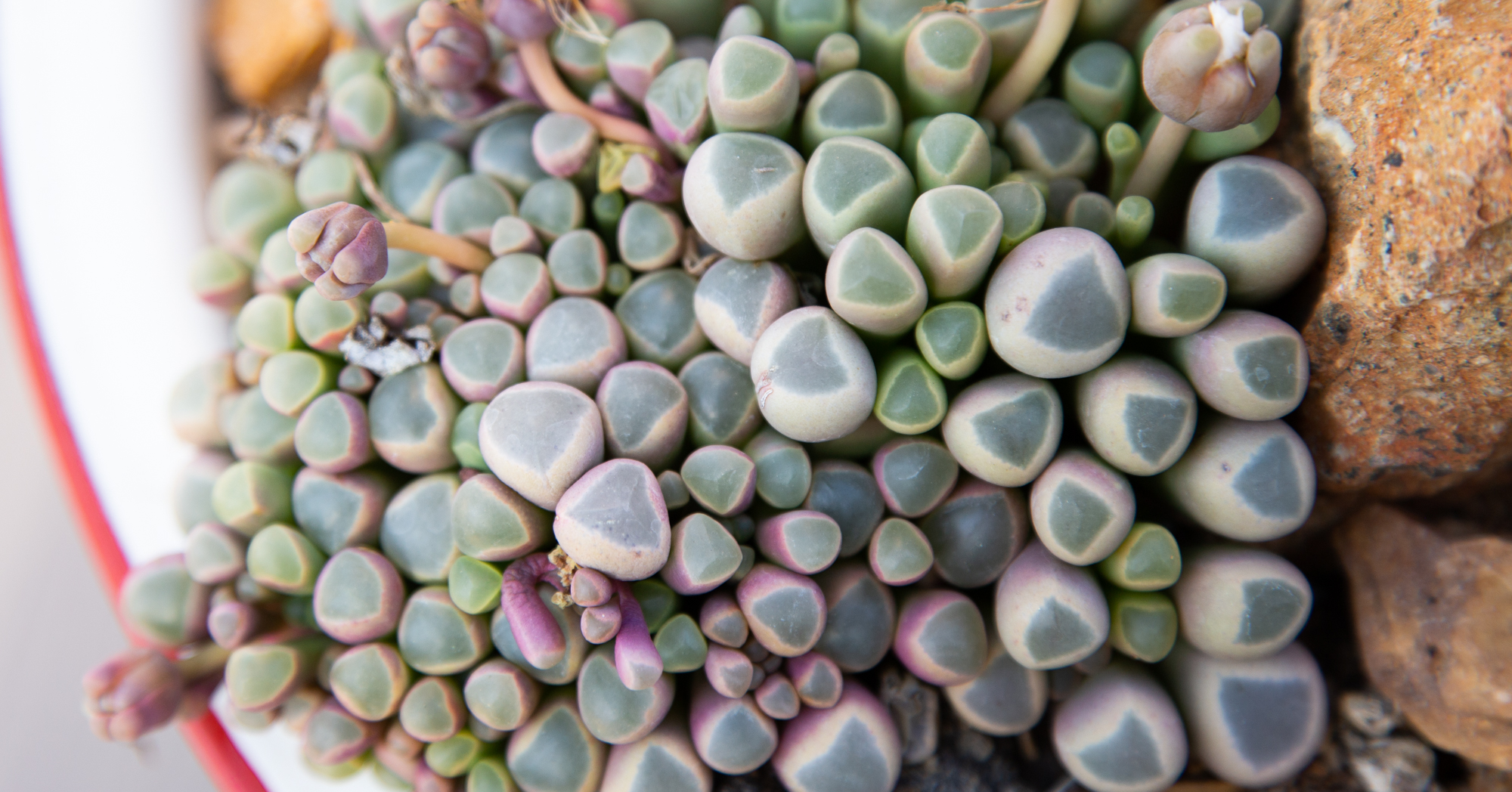
While many of the succulents in this list are bumpy and rough, "Baby Toes" are smooth and have a translucent window on the top of each tube. These can form tight clusters and stay compact when given plenty of light. They'll often produce small yellow flowers in the spring or fall. While on the weird side, these succulents are fairly easy to find and grow.
Echinopsis 'Domino'
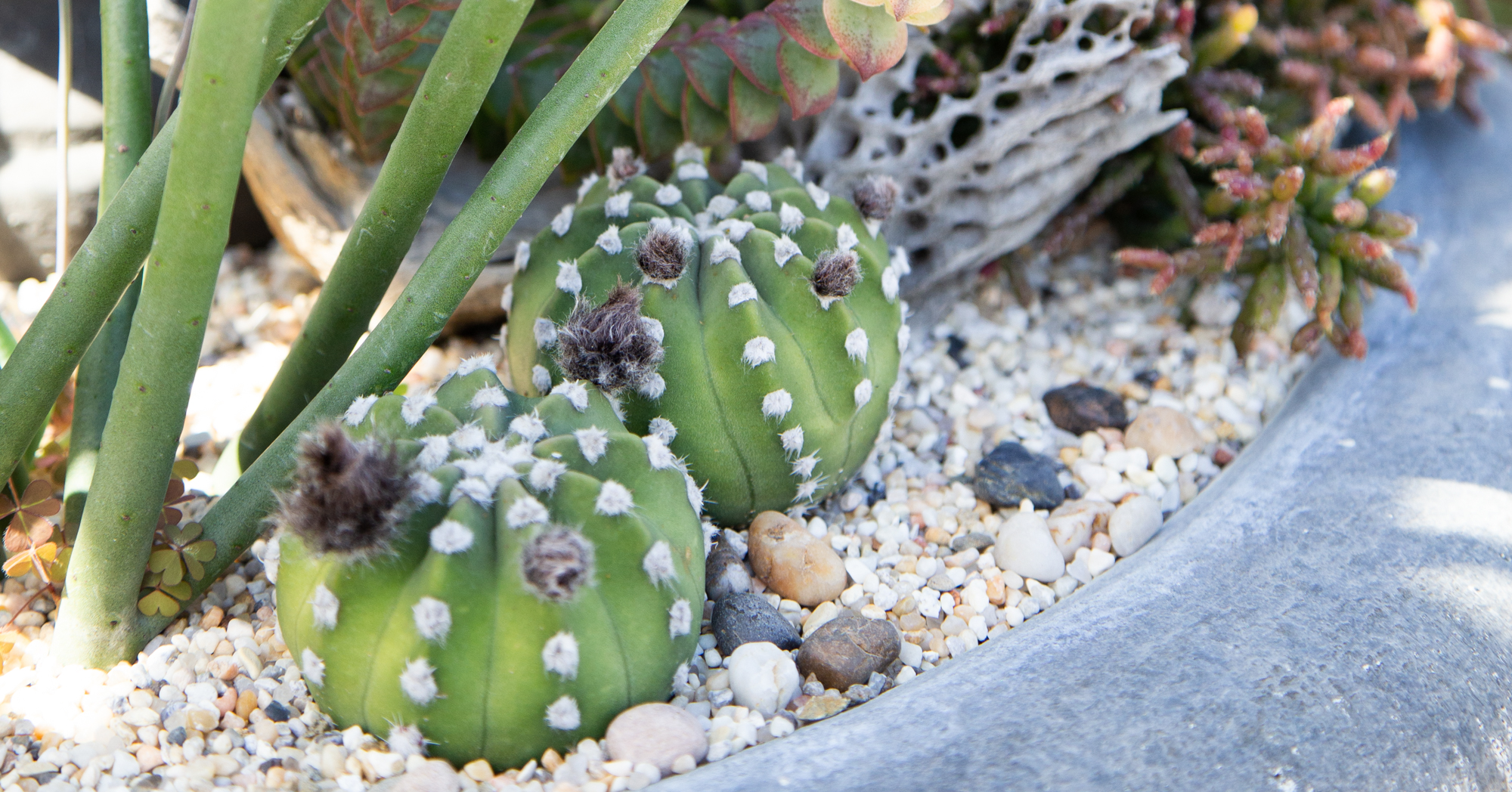
You might be wondering what those fuzzy gray things are growing out of this unique cactus. It's actually getting ready to bloom! The flowers on Echinopsis 'Domino' are gigantic, especially considering how small the cactus stays for most of it's lfe. These gray spots will produce a beautiful delicate white flower that sometimes has a tinge of pink on the edge. It doesn't usually last long but it's worth the wait and putting up with the ugliness of the growth before the flower.
Leuchtenbergia principis
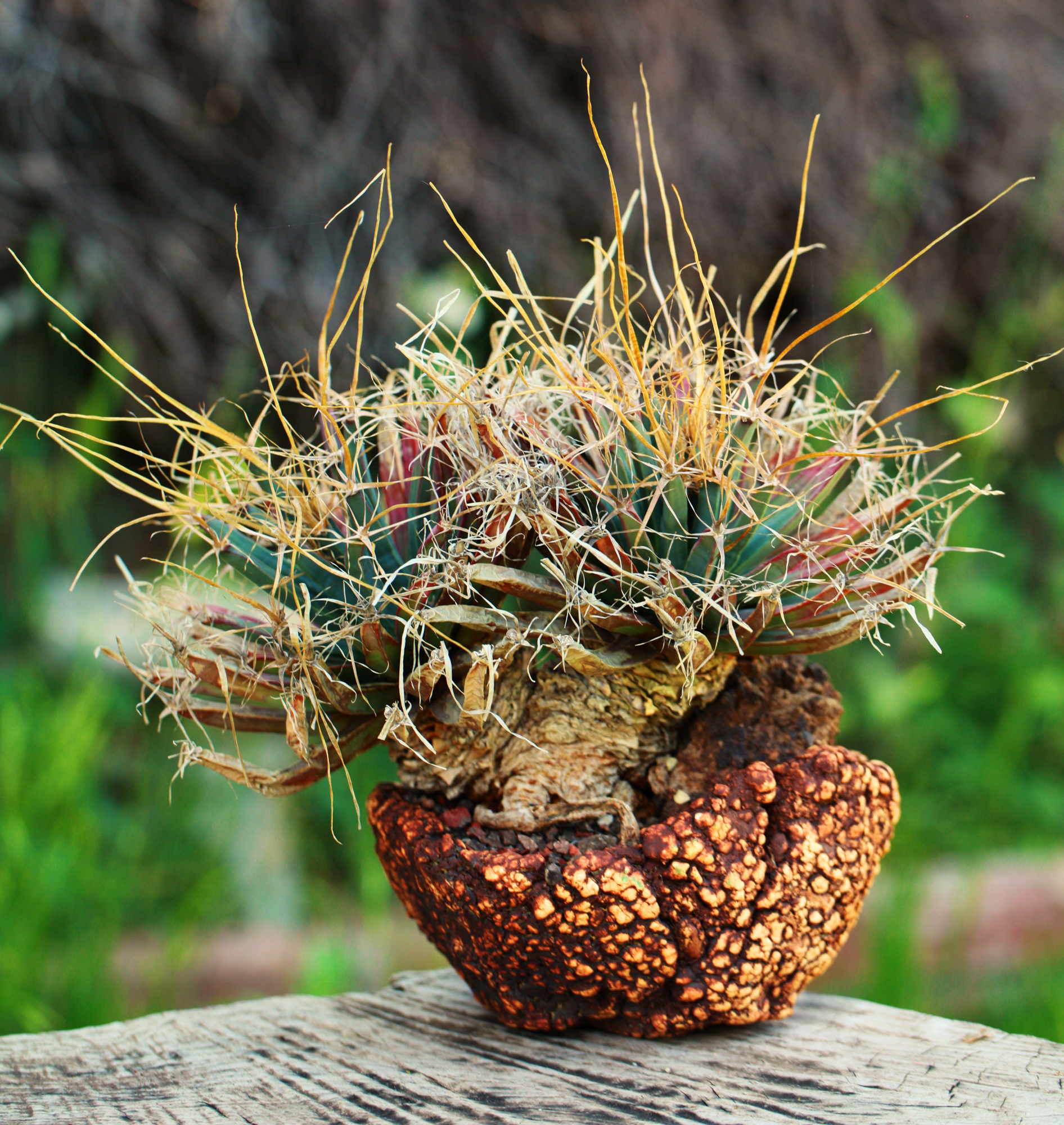
Another stunning pot and plant specimen from Keith Taylor, this wild thing is nicknamed Agave Cactus. The fiery red pot perfectly accentuates the hint of red on the tubercles. You know a plant is unique when it's the only one in its genus, which is the case with Leuchtenbergia principis. This is a very slow growing cactus but there's plenty to enjoy looking at all the texture and colors.
Echeveria 'Gorgon's Grotto'
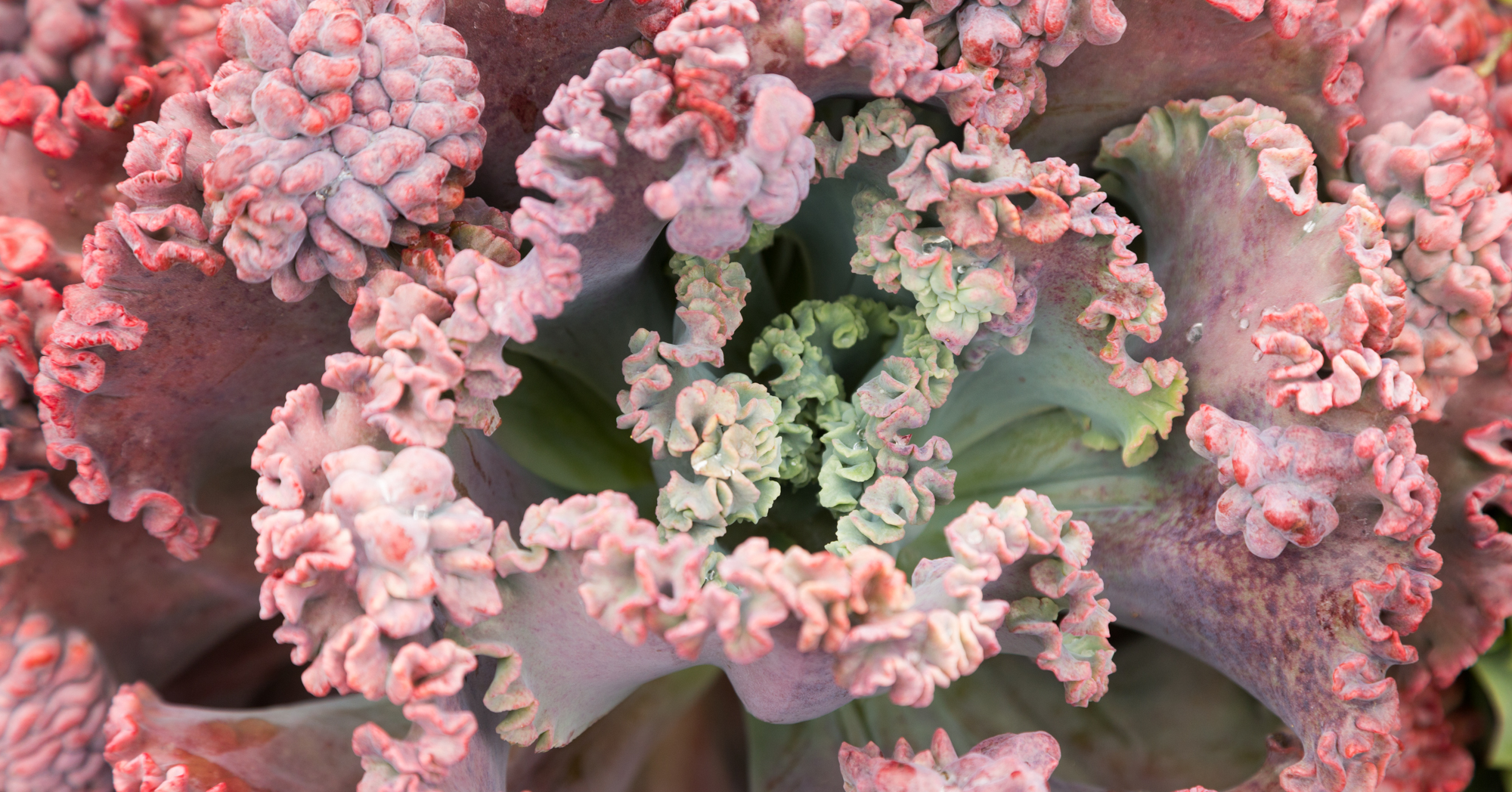
You could easily get lost looking at all the intricate details in this stunning Echeveria 'Gorgon's Grotto'. Between the color variations, wavy and ruffled leaves and the unusual bumps and barnacles you'd think this was a plant plucked off the coral reef. Instead, it's one you can grow at home and enjoy even without going under the sea.
Euphorbia groenewaldii

Brian has done it again with another pot that looks like it was taken from the ground. And paired with a stressed out Euphorbia groenewaldii it's making a statement. Euphorbias like this are often misidentified as succulents, but they are unique in that they have thorns rather than spines (spines are technically a leaf). Most notably though Euphorbias contain a white sap inside that is toxic. So make sure you handle these with extra care.
Turbinicarpus sphacelatus
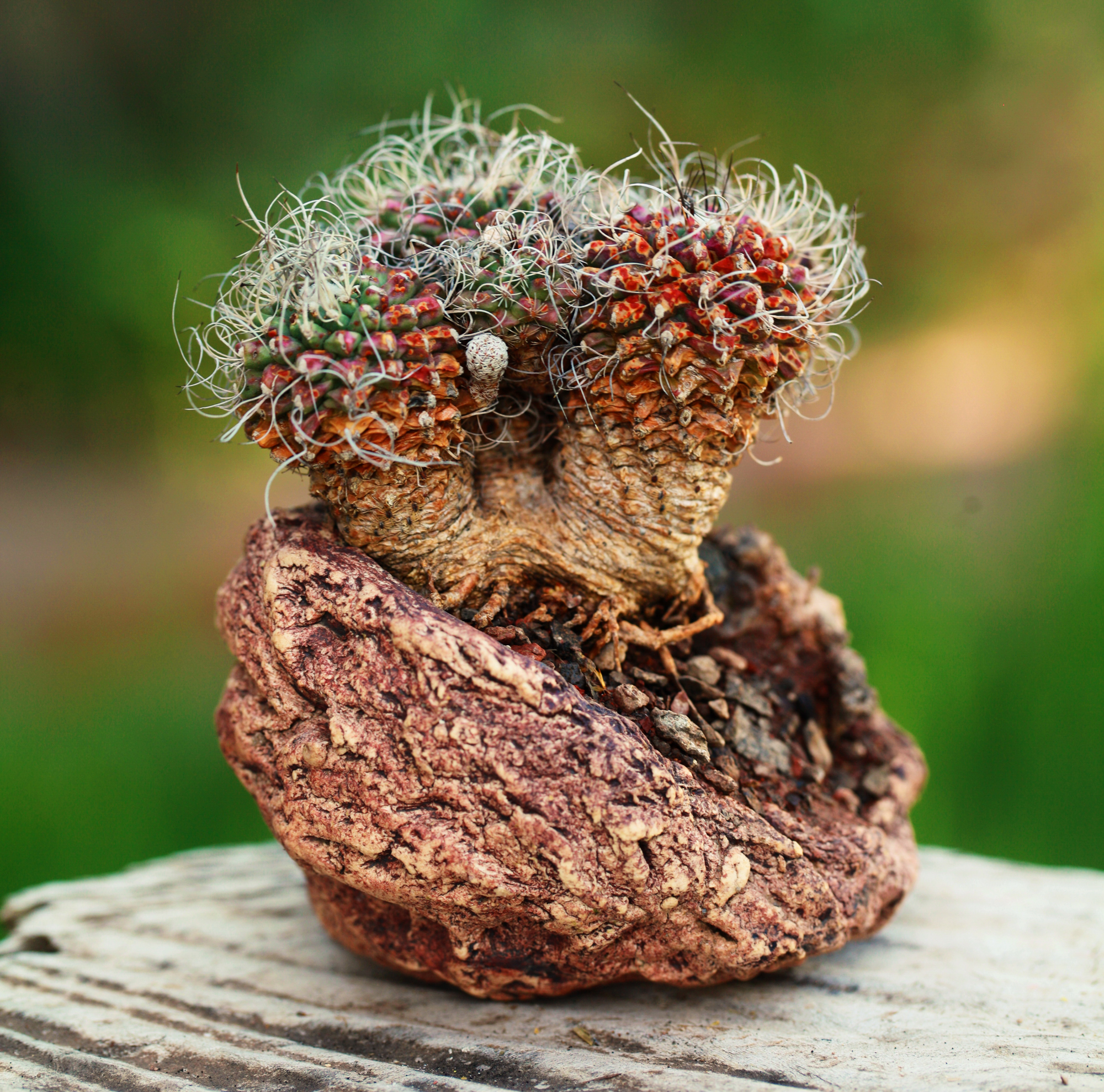
This cactus looks like it woke up with bed head, but it definitely makes a statement in the rugged pot made by Keith Taylor. It makes the list of rare succulents and there's some debate as to it's actual origin and taxonomy. But either way, it's a unique specimen.
Be sure to follow Keith Kitoi Taylor on Instagram to see even more unusual succulents and amazing planters.
Tephrocactus articulatus
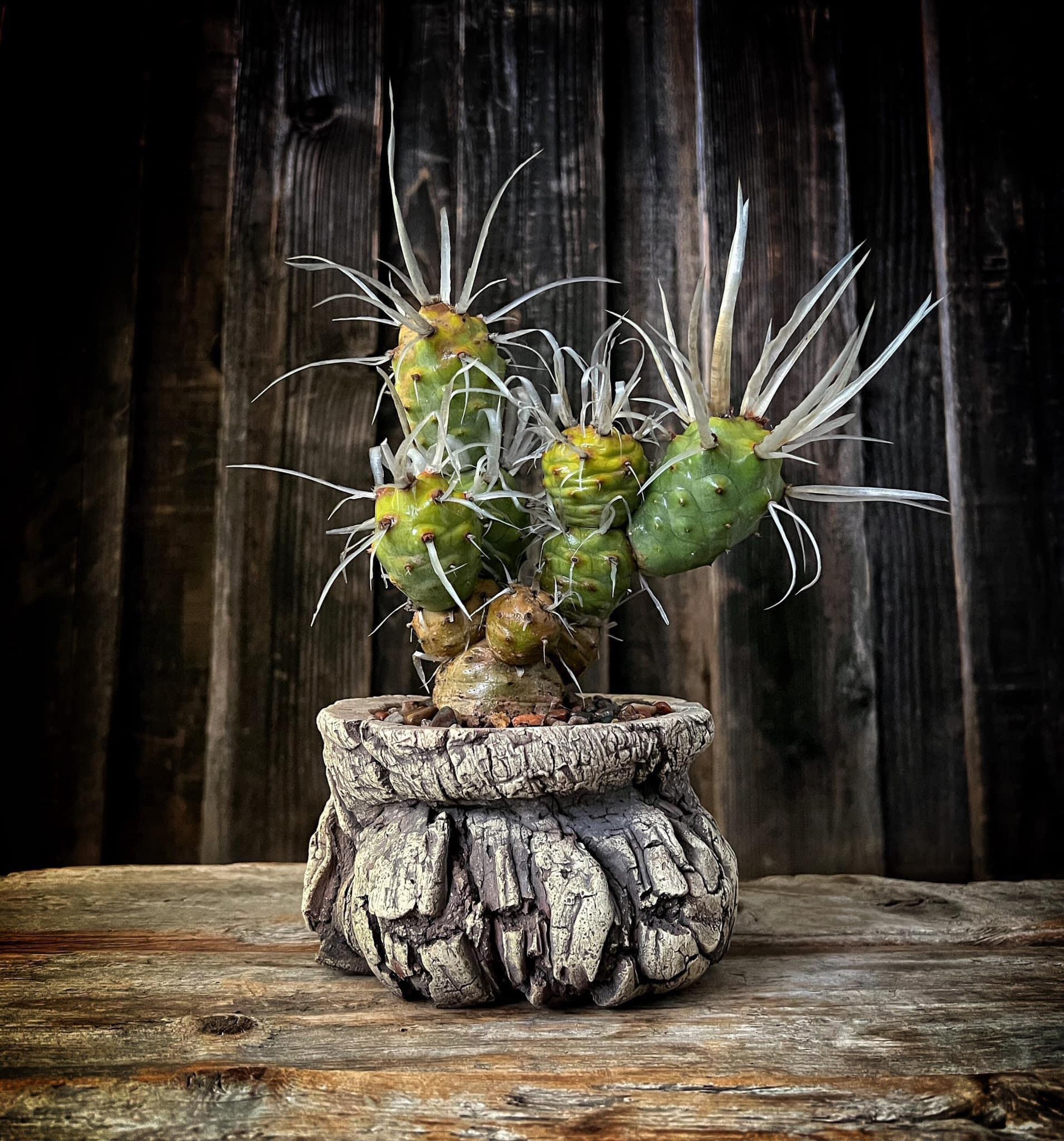
If you saw this plant in person you'd have a hard time not reaching out to feel what those unusual spines are like. The nickname for this plant gives it away though. Paper Spine Cactus is a little bit easier to find than some on this list so if you have the opportunity, it's a great one to add to your collection. Of course it looks exceptionally good in this handmade pot by Brian Morgan.
Follow Brian Morgan on Instagram for more weird succulents and stunning pottery.
What Succulent is Best for You?
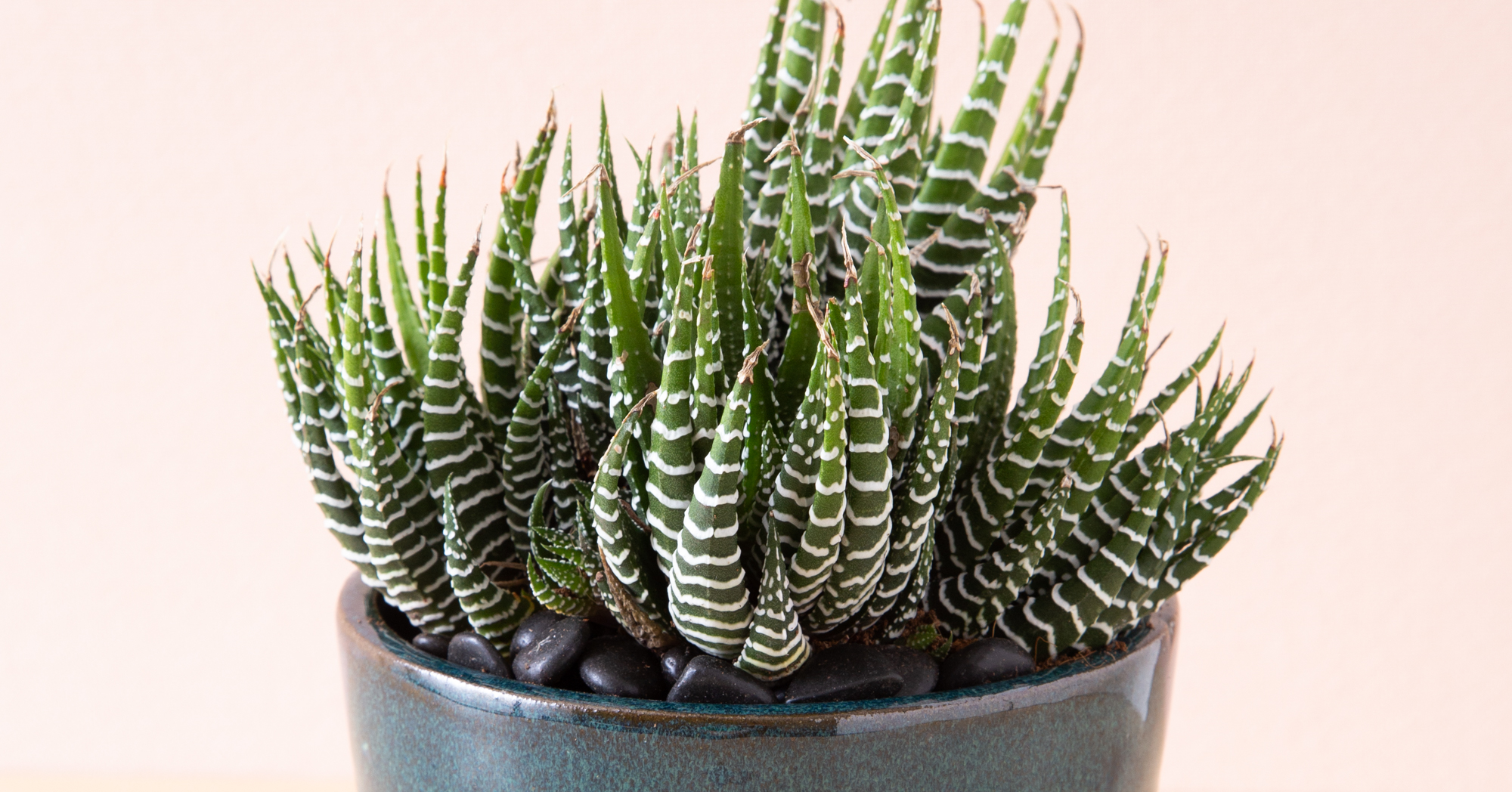
While these weird varieties are lots of fun, they might not be the best fit for you. There are thousands of succulent varieties and not all of them will grow well in your climate. It's important to know how much light and water your succulent plants need to thrive.
Ensure You're Watering Properly
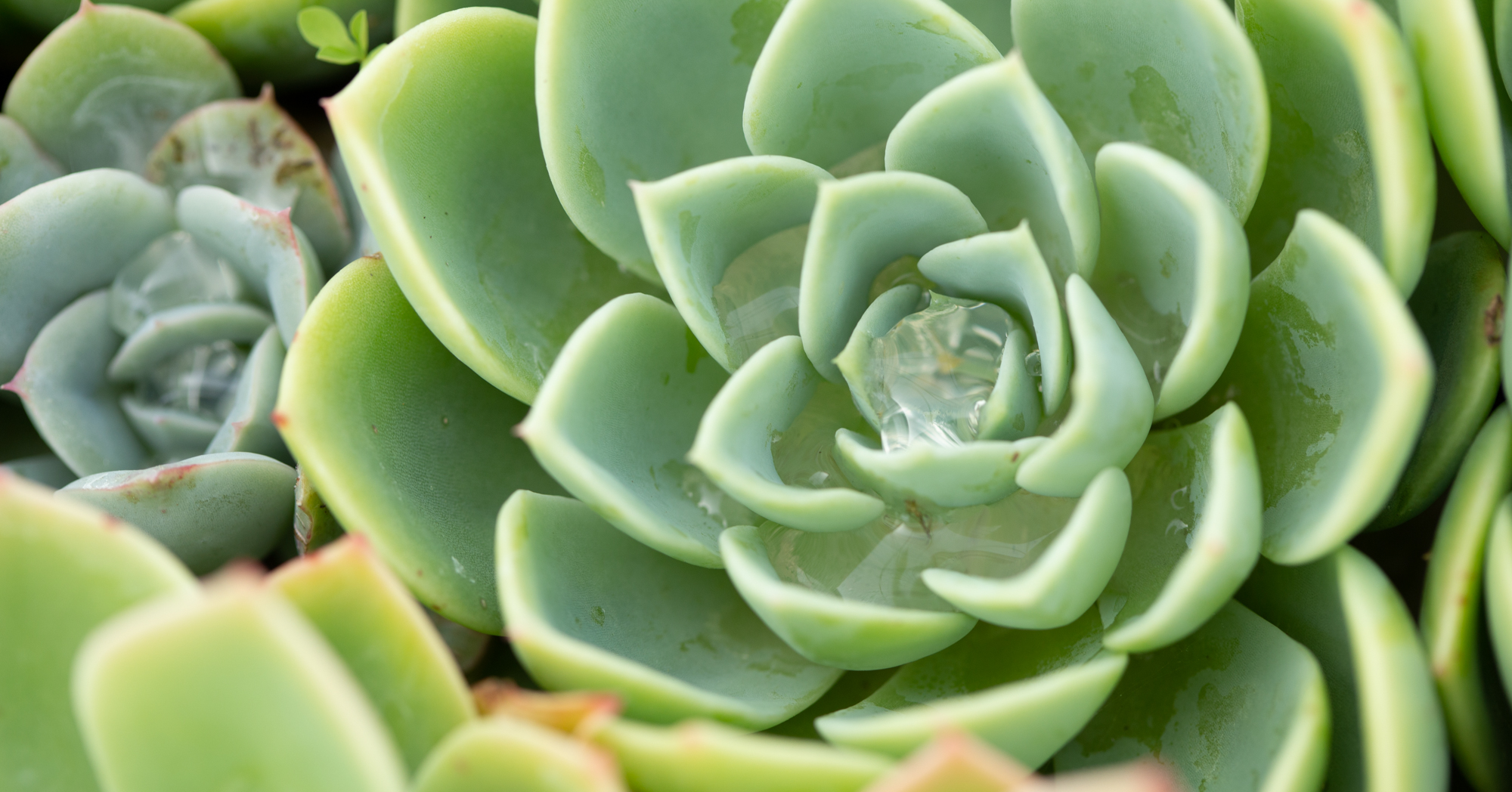
If you have an unusual plant, you'll want to make sure it continues to grow for years. A big part of keeping succulents healthy is providing them with the right environment. You'll want to pay attention to the soil they're in, how much sunlight they're getting, and most importantly, how often you're watering them. The method and frequency of watering succulents are critical to preventing rot while encouraging lots of new growth.
Is Your Succulent Dying? Find Out Why
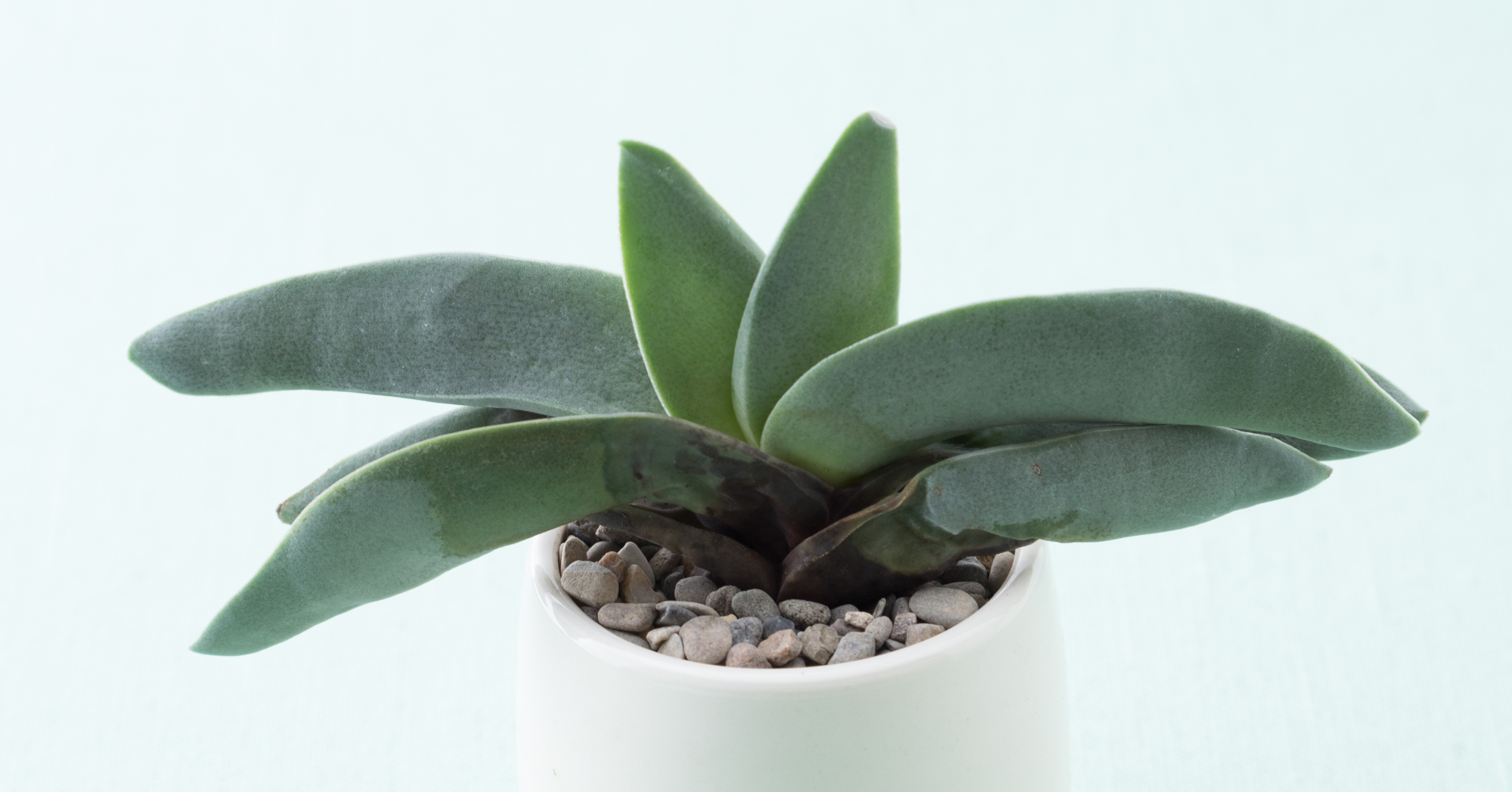
There's a number of reasons your succulent might not be looking great. Find out how to tell what's wrong with your succulent and how you can fix it or prevent it from happening again.
This article originally appeared on Succulents and Sunshine.